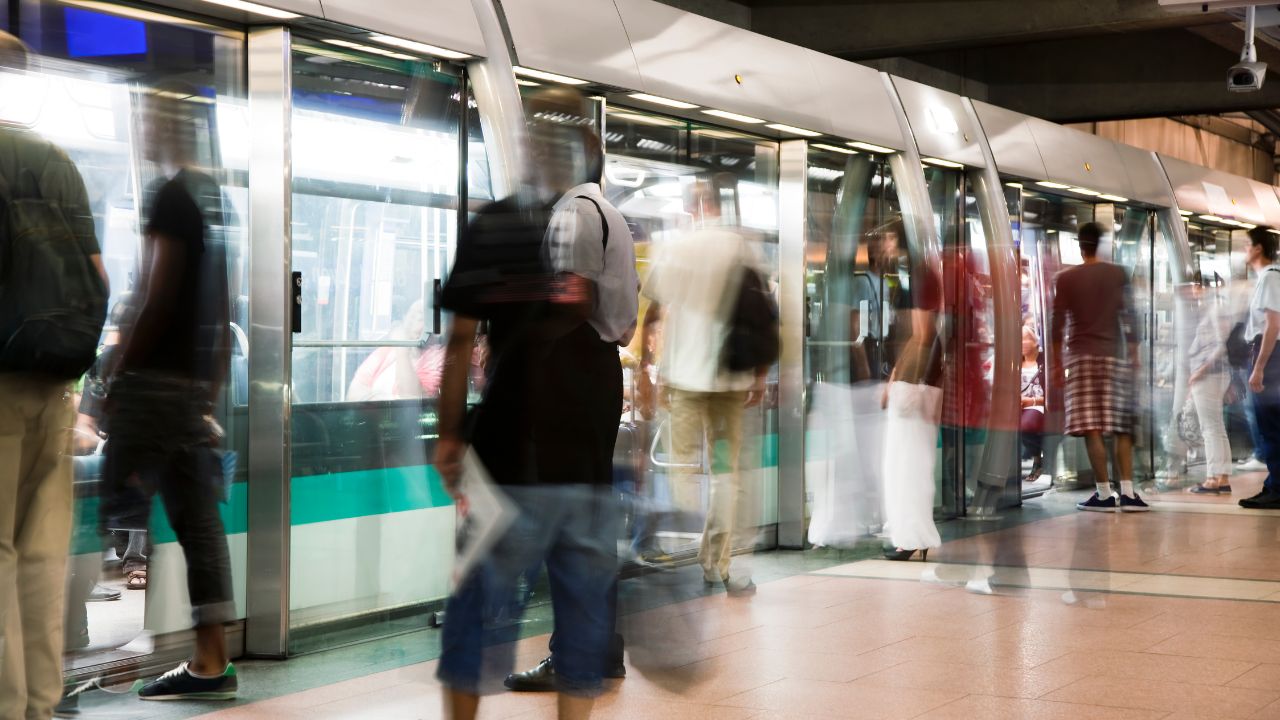A new report, Defining Density (Done Well), highlights that Sydney’s housing shortage is closely tied to its lagging transport infrastructure compared to global cities.
Tokyo leads with 553 stations within a 30km radius, while Sydney only has 99. This stark difference limits Sydney’s ability to develop high-density housing near public transport hubs, further exacerbating its housing crisis.
The report shows cities like London and Paris manage to house 10,000 to 25,000 people around transport stations, while Sydney struggles with just 2,500 to 10,000.
The report underscores the importance of expanding Sydney’s Metro network to support higher housing density, a challenge intensified by the slow rollout of new transport projects.
Despite initiatives like the Transport Oriented Development (TOD) zones, which rezone land within 400 metres of stations for mid-rise buildings, Sydney’s progress is slow.
The Committee for Sydney report recommends that the city needs a new Metro line every four to six years to meet housing demands.
Globally, cities like New York, Paris, and Tokyo demonstrate that extensive transport systems and strategic zoning facilitate high-density housing while avoiding towering skyscrapers.
In contrast, Sydney’s limited transport stations and lower density around existing ones prevent the city from meeting its housing needs.
Despite the Minns government’s ambitious five-year target to deliver 377,000 new homes, rebellious local councils are pushing back against plans to increase housing density around transport hubs.
Eamon Waterford, CEO of the Committee for Sydney, stressed that expanding the Metro network is vital for unlocking new housing developments.
Proposals include overhauls of existing rail lines, such as an East West Rail Link from Westmead to Western Sydney Airport and new lines to the Northern Beaches and other underserved areas. Without significant investment in public transport, the housing crisis may persist for decades, leaving residents struggling to find affordable homes near reliable transport options.
The report shows that without an accelerated and sustained expansion of the transport network, Sydney risks falling further behind other global cities in addressing both housing demand and urban density effectively.

